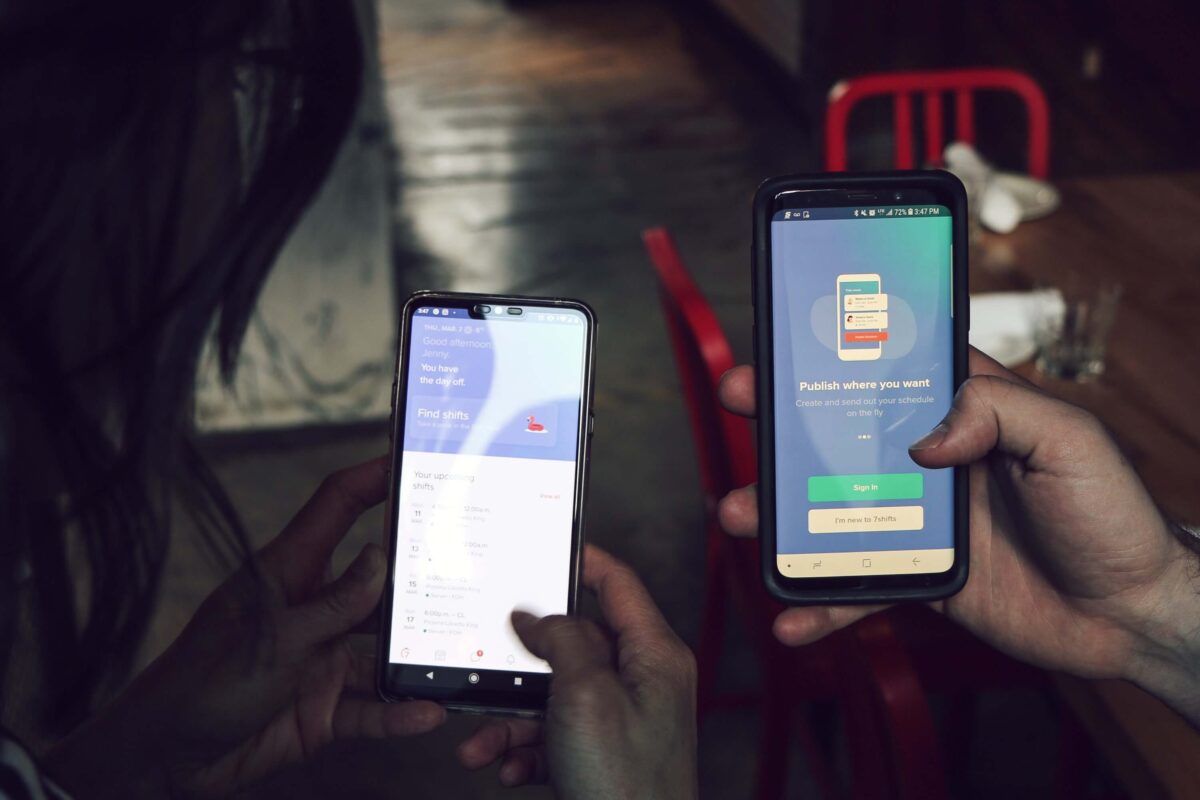Here’s a safe bet: The next time you’re in the market for a new smartphone and you start to compare options, you’ll see competitive boasting about camera power, screen size, and visual display. These are the features we’ve come to accept as the ones that differentiate one smartphone from the next, and the truth is — for most of us — the differences are almost difficult to notice. A difference of a fraction of an inch in screen size will only matter to those who are especially particular; a slightly better camera will only be significant to some who does a lot of photography and editing.

This doesn’t mean new smartphones are all the same though — just that we have a habit of focusing on the wrong things. All in all, it’s actually quite important to get a better feel for how one phone will perform in comparison to another, because unlike a lot of other personal tech devices, phones can’t easily be modified very much after purpose. You can’t add a new SD card as you might with a camera; you can’t build in extra RAM like you might with a laptop [See Best MacBook Accessories for more upgrades]. For the most part, you’re stuck with your choice.
To help you make that choice, we’re providing a few tips for how to evaluate a smartphone for pure quality.
Assess Color — Not Resolution
Today, one of the most popular selling points on the latest smart phones is resolution. You might see tech specs or pro-and-con lists mentioning 4K resolution, for instance, as a means of conveying how great a phone’s display is. This undoubtedly matters to some users, but the truth is that it’s more of a selling point than a legitimate perk. The experts suggest that 4K phone screens are overkill, and that to most users it doesn’t offer a perceptible difference. Yes, 4K means more pixels, but past a certain point more pixels on a smartphone screen do virtually nothing to improve the image.
So, instead of falling for flashy descriptions of resolution, pay attention to the color and brightness aspects of display. Comparing different types of AMOLED and LCD screens will tell you more about display quality than something like a 4K label.
Mind the Camera’s Features
Somewhat like 4K resolution, smartphone camera megapixel counts have also become major selling points. Once upon a time, when smartphone cameras first began to accelerate in quality, the MP number was an interesting thing to consider. Now, however, it’s another fairly empty spec, in that most high-end phones are comparable in this regard. So, instead of comparing by megapixel, we recommend looking into the features connected to a phone’s camera capability. Does it have particularly impressive zooming or wide-capture capability? Is it equipped to stabilize images in a way a competing phone isn’t? Are there accessories that fit the phone that can make its camera even more capable? These are questions more worth answering than how many megapixels the camera boasts.
Determine PCB & Processing Power
Few things have more to do with a phone’s performance than the printed circuit board and processing chip within it. The circuit boards, oddly enough, end to get virtually no attention in write-ups of tech specs. And yet we know that more advanced circuit boards help to enable some of the very functions we depend on our smartphones for. As an overview of PCB antenna design software states, our “personal communication systems” depend on innovative tech in this space. The better and more advanced the PCB, the sharper the phone’s performance should be.
Processing chips tend to get more attention, and are also easier to research. But they’re among the components often mentioned in descriptions of new phones you should pay attention to. As with PCBs, a stronger and more advanced processor equates fairly directly with better performance.
Research Battery Tests
Claims about battery life tend to be fairly misleading. This is not necessarily intentional, but the fact is most smartphone companies want to put a single number onto a list of specs — telling you the battery lasts for a certain, concrete number of hours. But because different activities drain batteries at different rates, a single number can’t be accurate. For instance, 10 hours of talking and texting is not the same as 10 hours of video playback, and so on.
In one assessment of the iPhone 11, this problem was described succinctly: Apple publishes “hard battery life numbers” based on “fixed tests of single actions,” which are not how anyone really uses a phone. Keep this in mind when you’re choosing your next smartphone, and instead of trusting these “fixed numbers,” do some research on more in-depth battery tests. Independent reviewers will often give you a better idea of which phone performs best in this category.
It’s best, in the end, to try a phone out and simply see what you think of its performance and ease of use. When you’re going about your general assessment though, these are some of the things you should consider instead of the raw stats and specs.
- About the Author
- Latest Posts
Whether she is researching the latest trends in home decor, life-changing destination getaways, or the best way to maintain your finances, Dewey takes pride in leaving no stone unturned. She is passionate about distilling and delivering high-quality information that you can use to upgrade your life.

